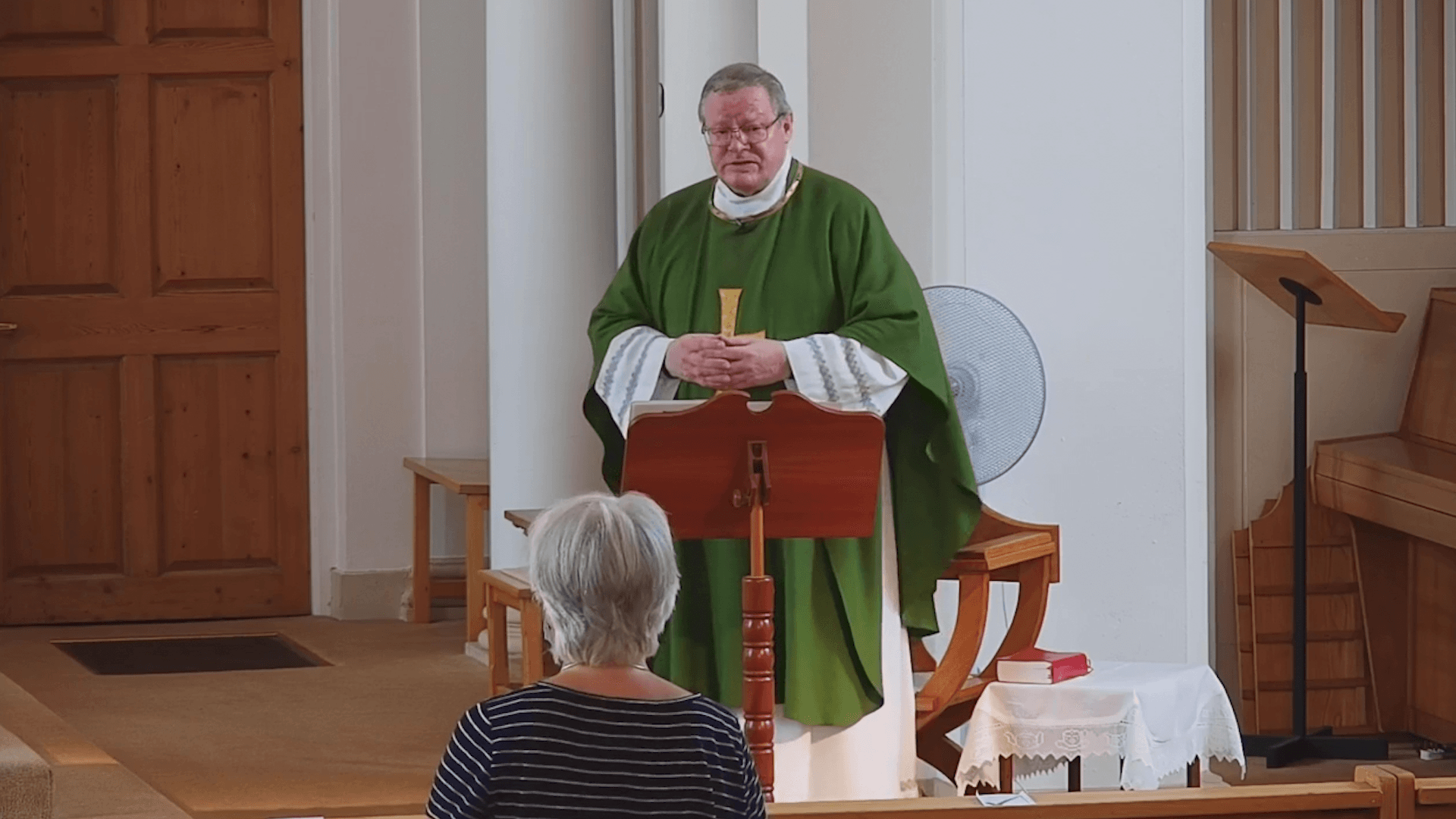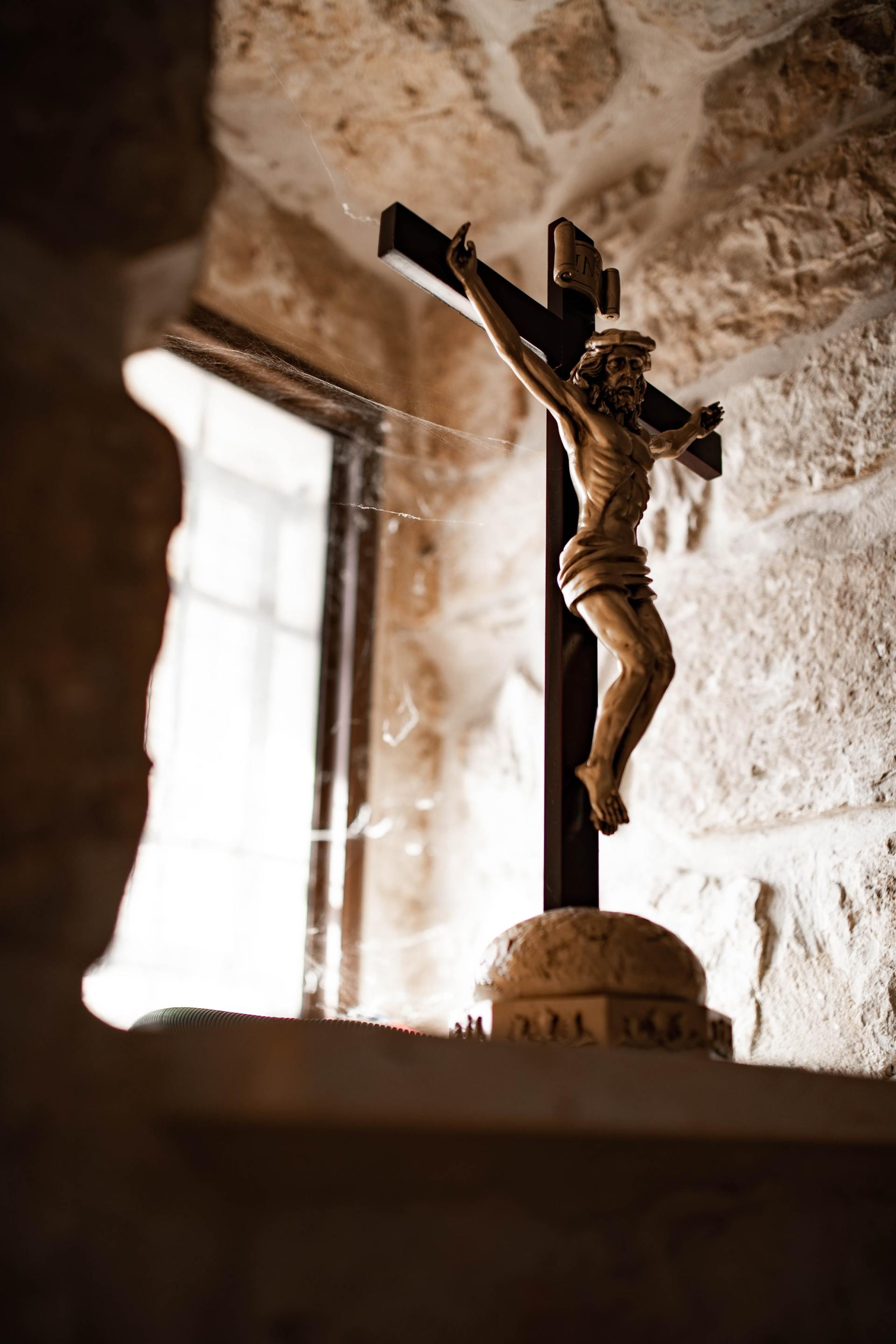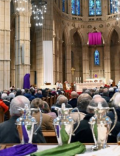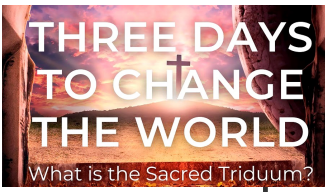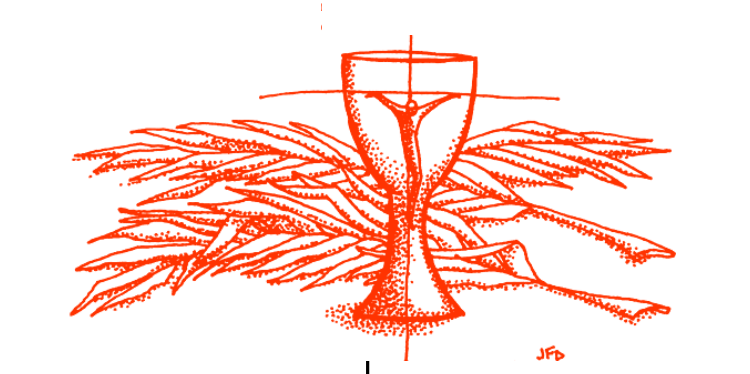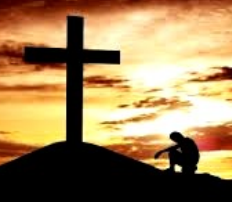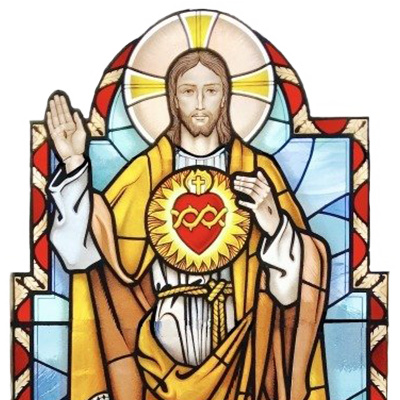Sunday 28th February 2021
Our readings this weekend present a compendium of themes that will shape our Lenten season. The 1st Reading concludes the cycle of narratives about Abraham (Genesis 12-23), which unfold from his call, with the promise that he and Sarah will be the parents of many nations, through the covenant and the birth of a son, the bearer of the promise (Isaac), and reaches its pinnacle in God’s command that Abraham offer Isaac as a holocaust. As one of the most treasured subjects of Christian art, the denouement of the story is familiar. At the last moment “the Lord’s messenger” intervenes; Isaac is spared, and the promise is renewed: “because you acted as you did in not withholding from me your beloved son, I will bless you abundantly” (Genesis 22:16-17).
In both Judaism and Christianity Abraham is a paradigm of faith who “when tested was found loyal” (Sirach 44:20),who “hoped against hope” (Romans 4:18), and who “by faith . . . When put to the test, offered up Isaac” because he believed in a God who could raise up the dead (Hebrews 11:17-19). Also in Jewish tradition Isaac is transformed into a model of self-sacrifice who went willingly to his death, which is adopted by Christians for Jesus, “the Son of God who has loved me and given himself up for me” (Galatians 2:20).
“Transformation” would be a better term to describe this weekend’s gospel story, since Jesus, though in the form of God, took on the “form of a slave” (Philippians 2:6-7), and is now transformed and seen as an exalted member of the heavenly court. The narrative is dense with biblical allusions. The dazzling white clothes are a symbol of divine presence in Daniel 7:9, while the presence of Elijah and Moses has been interpreted in a number of ways. They are symbols of the prophets and the Law; both are people who did not taste death but were exalted to heaven (Elijah in 2 Kings 2:1-12, Moses in extra-biblical tradition); they are faithful prophets who suffered because they followed God’s word.
The deeper focus of the account emerges from the divine voice: “This is my beloved Son. Listen to him” (Mark 9:7). The transformation follows the first of three predictions by Jesus of his death by crucifixion, which the disciples consistently resists. Peter’s desire for three tents seems to be an attempt to substitute divine presence for the way of the cross. The same three disciples who witness Jesus’ transformation fail to watch with him during his agony in the garden (Mark 14:32-42). Mark’s readers and we ourselves are to hear the voice of a Jesus who says that the way to glory is only through the cross.
The narrative is also followed by one of the most dramatic stories in the gospel (Mark 9:14-29), the exorcism from a young boy of a destructive demon which the disciples of Jesus are powerless to combat. Raphael’s magnificent panorama “The Transfiguration,” which greets visitors to the Vatican museum, captures the sequence perfectly. While Jesus and the heavenly companions are illuminated in resplendent colours, the fruitless struggle of the disciples with the demon occupy the lower right-hand corner. The eye cannot help but behold the chaos of earthly evil when looking at heavenly glory.
